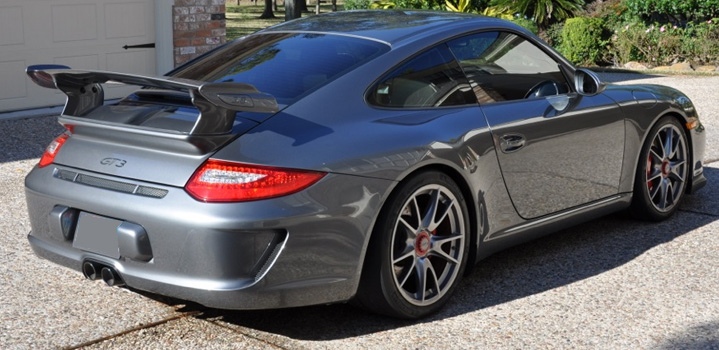 The Porsche 997 Has Made Its Mark
The Porsche 997 Has Made Its Mark
[Updated for 2021] When Porsche released the 2nd water-cooled Porsche 911, they were hoping it would be more appreciated than the 1st water-cooled models known as the Porsche 996. Now 5 years after the last Porsche 997 has been released from the factory Porsche and Porsche fanatics are thrilled with the 997 models.
While the Porsche 997 kept the previous generation’s chassis and greenhouse as its basis, the rest of the body was new. They took away those slab sides and hated headlight designs and went back to what all 911 fans love – flared fenders and oval headlights. Basically, it went back to the days of the Porsche 993 which everyone loves to this day. But performance and handling were improved and during this generation Porsche finally removed the ill-effects of a car with the engine hanging over the rear wheels – basically with technology and engineering Porsche finally made the Porsche 911 into a balanced handling sports car.
Also, this generation saw the explosion of model types for the 997 that continues to this day with the current Porsche 991. Over 10 different models were built by Porsche during the Porsche 997’s lifetime and not including cabriolet versions and special editions.
997.1 and the 997.2
There were two versions of the 997. From 2005-2008 was the 1st generation of the 997 also known as the 997.1. In 2009 the 997 received a major upgrade in both looks and performance. This generation was called the 997.2. The main emphasis is the engine. The 997.1 carried a version of the flat-six engine from the 996 called the M97 engine. This engine also carried over the infamous IMS issue. If you do some research, you will hear much about the IMS and the 996 and the 997.1. The cliff notes are this: early year 997.1 like the 2005 and some 2006 will have the smaller IMS bearing. In the 2007-2008 models, an updated IMS bearing was added. Overall the IMS issue is much smaller an issue than in the previous generation 996, which has hurt its resale value on the open markets. If you are concerned about the 997.1 IMS issue the best remedy is to retrofit it with a new IMS bearing kit or buy 2007-2008 models.
What the 997.2 did has come with a whole new engine called the 9A1 which eliminated the whole issue of the IMS by getting rid of it altogether. The engine produced a bit more power than the comparable M97 engines. Also, the other major upgrades in the 997.2 were new front and rear LED lights, a new central PCM system with improved telemetrics and steering wheels. Next, to the engine, the biggest addition in the 997.2 was the introduction to the dual-clutch transmission now universally known as PDK. This is when Porsche started adding paddle shifters to the steering wheel – which is so ubiquitous now.
Also note that the due to the financial crisis in 2008, there were less 997.2 models made than the previous 997.1. That has added some markup in the resale market since there will be less 2009-2010 cars made and sold.
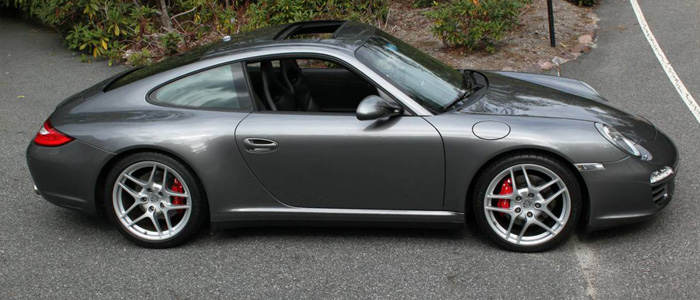
Porsche 997.2 C4S
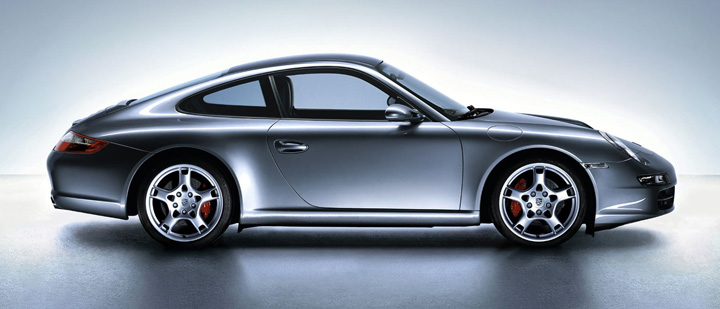
Porsche 997.1 Carrera S
What 997 Model to Choose
After picking what generation to buy (997.1 or 997.2) the next question would be what model. It all comes down to the preference. Porsche made the 997 in both rear-wheel drive and all-wheel drive cars. They also had naturally aspirated (NA) engine cars and turbo-powered cars. Most models also came in a cabriolet version which was more than the equivalent coupe model. In a bizarre twist -in the resale market the coupes are always worth more than the cabriolet versions.
Here’s a quick rundown of the models.
Carrera and Carrera S
Carrera is the base models. In 2005 Porsche released first the Carrera and the S version. The 997.1 Carrera came with 325 hp and the Carrera S came with 355 hp. The 997.2 versions of the Carrera was 345 and the Carrera S went up to 385. As you see the 997.2 Carrera was close to the performance of the 997.1 Carrera S. Porsche is very good at upping the performance ante on every update.
Again the 997.2 models had the updated engine without the IMS issue, updated exterior looks including front LED daytime driving lights and rear LED tail lights. Inside Porsche improved the nav/communication system called PCM. And more cars were ordered with the PDK transmission.
Carrera 4 and Carrera 4S
Porsche introduced a different drive train for the cars which were the ‘4’ versions of the Carrera and Carrera S. While much similar to the Carrera models the driving experience totally changed as all wheels had power instead of the rear. This created a different driving dynamic. In addition, the all-wheel drive cars carried a bit more weight, and weight to the front (in the front trunk area) which again shifted the driving handling and characteristics of the car. The biggest difference cosmetically was the wider rear fenders or known as ‘hips’ to 911 fans. Due to the all-wheel drive system, the 4 and 4S had the same wide body width as the Turbo models. Many Porsche 911 buyers actually like the added width of the all-wheel drive models.
The 997.1 did not have a rear reflective strip by between the rear tail lights but Porsche added it back in the 997.2. The 996 C4S had the reflective strip previously.
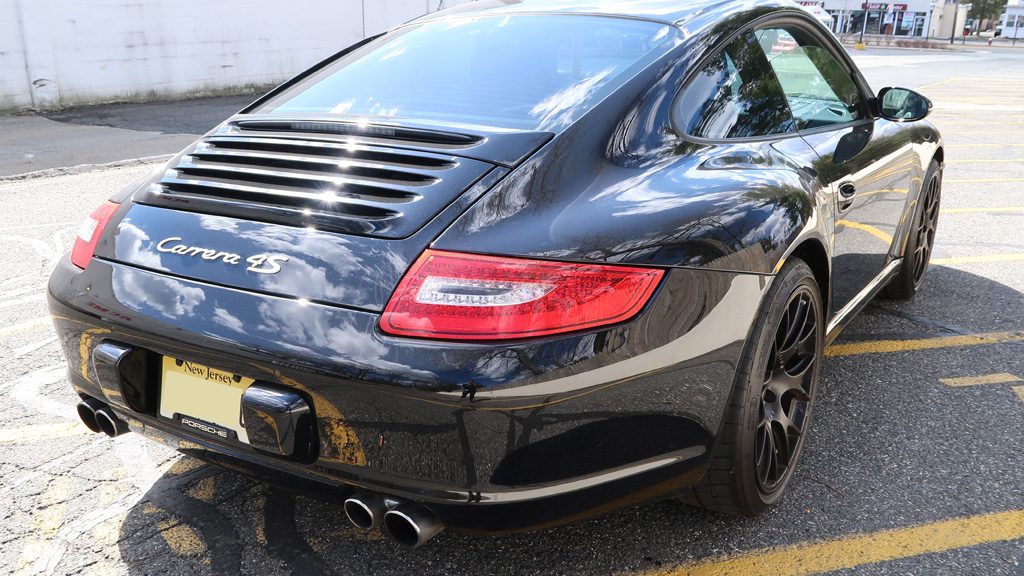
Porsche 997.1 C4S
Cabriolet Models
All models listed above came in a convertible version also known as a cabriolet with Porsche. Again when new these models were more expensive than their coupe counterparts but on the resale market coupes will be asking for more. One of the reasons for this is that cabriolets with the top will have more mechanical issues down the road including the repair of the expensive fabric top. In addition, cabriolets are not as rigid and structurally solid as coupes and can’t be used for motorsport events. The benefits is the open road feel of the driving a 911 and hearing the roar of the engine in the back without any filter.
Targa
Porsche decided to give owners the best of both worlds – solid coupe-like feel with an open top rush. Unfortunately, this generation had a solid full glass top that slid back to open the top. This added much weight to the car and cosmetically wasn’t the best design from Porsche. It’s only reasonable that the next generation 991 Targa went back to the look of previous Targas with the center black ‘B’ pillar and glass dome back.
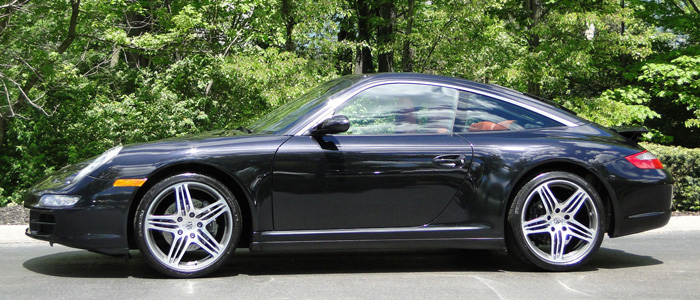 997.1 Targa
997.1 Targa
997 Turbo
Turbo. We all know that name and its relationship to the famous 911 Turbo. The 997 Turbo also came in two generations and it’s important to know the difference between the two. The first gen 997.1 came with the legendary Mezger engine that was a race-designed block and is considered the greatest engines Porsche ever built. This did not suffer from any of the other issues of the 997.1 cars. The 3.6 Mezger produced 480 hp, came in all-wheel drive and was offered in 6-speed manual and Tiptronic automatic. In 2009 all 997 were upgraded to the 997.2 but for the Turbo it kept the Mezger engine for 1 more year. In 2010 the 997.2 Turbo came with a new engine derived from the 9A1 engine in all other 997.2 cars. This engine produced 500 hp and was carried over to the next-gen 991 Turbo as well.
The 2009 997 Turbo may be considered the 997 Turbo to buy because it was the last year of the Mezger engine, but it had all the upgrades of the 997.2 including updated interior, and updated PCM. The Mezger engine is something that collectors are very keen on, and early 997.1 Turbos all had the Mezger engine.

Porsche 997 Turbo
997 GTS
The Porsche 997 GTS came in 2011-2012 and only came in the 997.2 generation. Bottom line it was a home run. While on paper it may seem like a pure marketing exercise from Porsche – load a base 997.2 Carrera S with all the best options and add some that can’t be added – but the sum was much more impressive than the parts. The GTS was thought as a level below the GT series of the 997 (i.e. 997 GT3), a car that an owner can drive on the track and daily drive realistically. Porsche offered the GTS in both rear-wheel drive and all-wheel drive models as well as cabriolet versions for both.
The GTS became an outstanding driving machine and with the right options including the sports suspension (x73) package made the car a driving revelation. Also due to the widebody look of the car – it was the only rear-wheel drive 997 that carried the wider body – that added to the mystic of the car.
The car had a modified 997.2 engine pushing the hp from the standard Carrera S’ 385 hp to now 410 hp. It also came with exterior designs only found on the GTS model including dark-tint headlights, black tailpipes, GTS side stickers and the option of central-lock wheels.
It’s interesting to note since the success of the GTS model in the 997, Porsche has now released a GTS model for every car it makes including the Cayenne, Macan, Panamera and Cayman/Boxster.
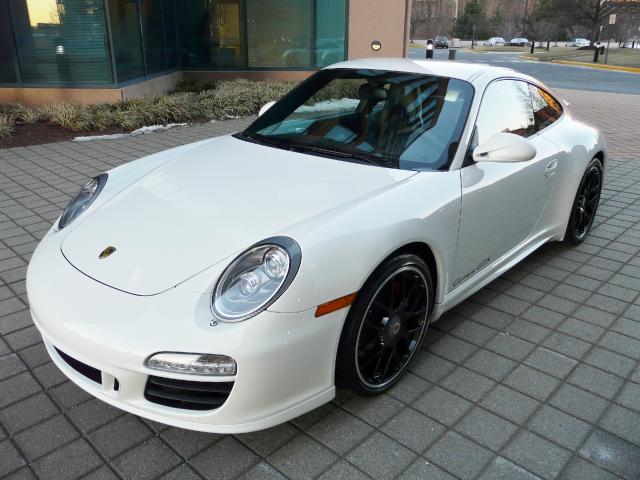
Porsche 997 GTS
997 GT3
The Porsche 997 GT3 is the most race-bred and race-ready car you can buy from Porsche. These cars are the most powerful naturally aspirated cars Porsche offers as well. The first gen 997.1 GT3 came with 415 hp and outrageous body gear including the iconic rear wing and dual tailpipes in the center. The 997.2 GT3 came with 450 hp and an upgraded 3.8 Mezger engine. These cars were optioned to come with bucket racing seats and roll cages. A GT3 RS version came later with weight savings and decorative racing decals on the exterior.
Special Edition 997
Porsche makes specially limited run cars for every 997 generation and did the same with the 997. These cars are all pretty much assumed to be collectible cars due to the rarity of numbers produced and the original cost when sold. Cars included in this group are the Porsche GT2, the Speedster, and Sports Edition models.
Manual vs. PDK
A quick mention of the transmissions. Again the 997.2 were the first 911 that was offered with the PDK transmission which is a dual-clutch transmission. They are very popular to the point that most new 911 sold today come with the PDK. That’s a shame but only makes the 911 with manuals that much more valuable and worthwhile to own. The 997.1 came with the option of the 6-speed manual or Tiptronic
The 997.1 came with the option of the 6-speed manual or Tiptronic automatic. While the Tiptronic auto isn’t horrible, it wasn’t the best especially considering how advanced and improved things became with the race-bred PDK transmission. Our advice is to only buy a 997.1 with a manual transmission.
For the 997.2 you have the choice of the 6-speed manual or the PDK transmission. The PDK transmission is a true dual manual transmission. It offers rapid quick upshifts/downshifts if the driver is manually driving the car or a true auto mode for daily driving. We can’t complain about the PDK. But we also believe that true 911 driving is done with the manual and always recommend the manual over a PDK. In the future one day, a 6-speed manual may become obsolete.
For the PDK it came in two versions – paddle shifters and paddle buttons. The paddle buttons were on the front of the steering wheel, while the paddle shifters were behind the steering wheel. Porsche first offered PDK with the paddle buttons first, so you may see some early 997.2 models with this. While the paddle shifters is considered the more popular choice, you can easily change out a paddle button steering wheel for a paddle shifter steering wheel.
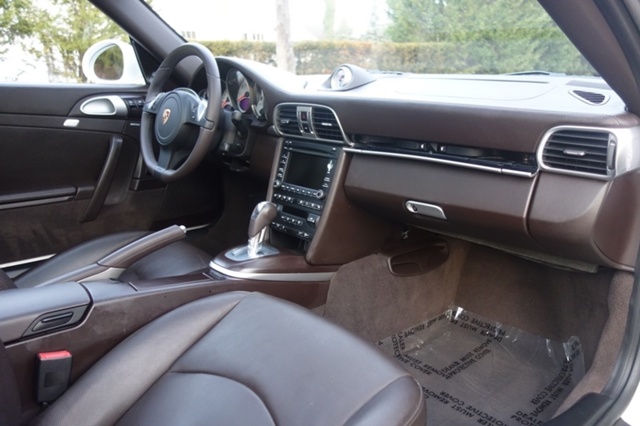
PDK with Paddle buttons
Options To Have
Porsche is known to have tons of options available to a buyer, so you will never quite see the same car exactly the same. Some 997 may come in custom exterior/interior combinations, while some cars may have basic options and others have every option checked off. These are the options we consider must haves when looking for a 997.
- Sports Chrono – You will know instantly the car has Sports Chrono by seeing the ‘wart’ on the middle of the dashboard. This ‘wart’ is the stopwatch that comes with the Sports Chrono package. But why you really want this option is due to what’s underneath – it adds a button (Sports button) that allows you to sharpen throttle response and for Turbos gives an over boost function. This option works very well with cars with PDK as it improves acceleration and allows launch control on PDK cars.
- Porsche Sports Exhaust (PSE) – This option allows you to have a button to increase the sound of the exhaust to a more aggressive mode. Many times a car with Sports Chrono will tie the Sports button with the PSE – when pressing the ‘Sports’ button it will turn on PSE.
- Adaptive Sports Seats – These seats are considered the best comfort seats sold by Porsche for the 997. They have a solid casing in the back of the seat – either in silver or a matching color of the exterior. They also have a ‘wing’ extension where the shoulders would meet the seat. They look great, have the most power settings and are comfortable as hell. For pure rareness, the bucket sports seats found in the GT3 cars and launch cars are really expensive and are worthwhile if seen in a 997. Launch cars are specially optioned cars from the dealers for 1st-year models. For instance, many 2009 Carrera 4S launch cars were seen to have bucket sport seats in them. Very rare.
- Porsche Ceramic Brakes – these were a very expensive upgrade over the standard brakes and are great for taking your 997 to the track. They will allow you to brake without worrying about brake fade and will last longer than the standard steel brakes. BUT they are really really expensive to replace when the time is due – somewhere in the neighborhood of $7,000 dollars and up. So we usually recommend staying away from this expensive option unless you really really need them for the track. You will know instantly a car has these brakes by seeing the yellow calipers.
Current Market Pricing
So here we come to the current market for the Porsche 997. We are now 12 years from the date the first 997s were sold in the USA and 5 years since the last 997 was sold in this country. Fortunately for current 997 owners, the 997 will not go down as another 996. Due to the look of the car, the performance upgrades and new technology advances like PDK – the 997 is a beloved and appreciated generation. And due to the current Porsche 991 losing many of the factors that Porsche 911 fans like (i.e. smaller form factor, hydraulic steering, less electronic control, etc.) there is still a robust market for the Porsche 997.
Currently, regular 997s including the Carrera, Carrera S, and all their configuration models are still depreciating. But we are close to the bottom of the depreciating curve and within a few years will be stabilized in pricing.
Certain models have already plateaued and some have appreciated. The GTS was an expensive model when sold new but due to the low volume of GTS made and the appeal of that car, prices have stabilized the past year. On the market, GTS sell quickly from seller to new owners. Look to spend $70,000 and up for a good GTS model but act fast because they sell out quickly.
Turbos are still depreciating but will not depreciate like the 996 Turbo of the generation before. A clean Turbo with decent miles (i.e. 50,000) are going for high $60,000 and up. That is more then 50% depreciation from a new Turbo so expect some more downturn in pricing but not much. Again due to the factor that the early 997.1 Turbos and the 2009 model has the Mezger engine has kept interest in this particular model very strong.
Porsche GT3 models have blown up in pricing. This is due to the current 991.1 generation of GT3 models that only came with the PDK transmission. This caused buyers to seek out the 997 GT3 models as their last solace of 6-speed manuals with hydraulic steering and yes – the Mezger engine in their grasps. These cars have appreciated greatly the past few years with some 997.2 GT3 with low mileage asking similar to their original asking price when brand new. With the recent announcement of the 991.2 GT3 coming with a 6-speed manual, it will be seen if the 997 GT3 prices fall, stablize or appreciate even more.
All special edition cars like the Porsche GT2, Speedster, etc have gone ballistic in pricing and are trading hands in auction houses and hedge fund managers.
Our Picks for the Porsche 997 to Buy Today
So if it was our money, what would we recommend? Here are our picks:
On a budget: 997.1 Porsche Carrera S. These cars are still a lot of car for the money. With 355 hp, lightweight, and loads of creature comforts the Porsche 997.1 S is a $100,000 sports car bought at a vast discount. Make sure you go for the later models – 2007-2008. These rarely suffer the IMS issues due to the upgraded bearing was done. Don’t believe us, ask your local dealer or independent Porsche mechanic.
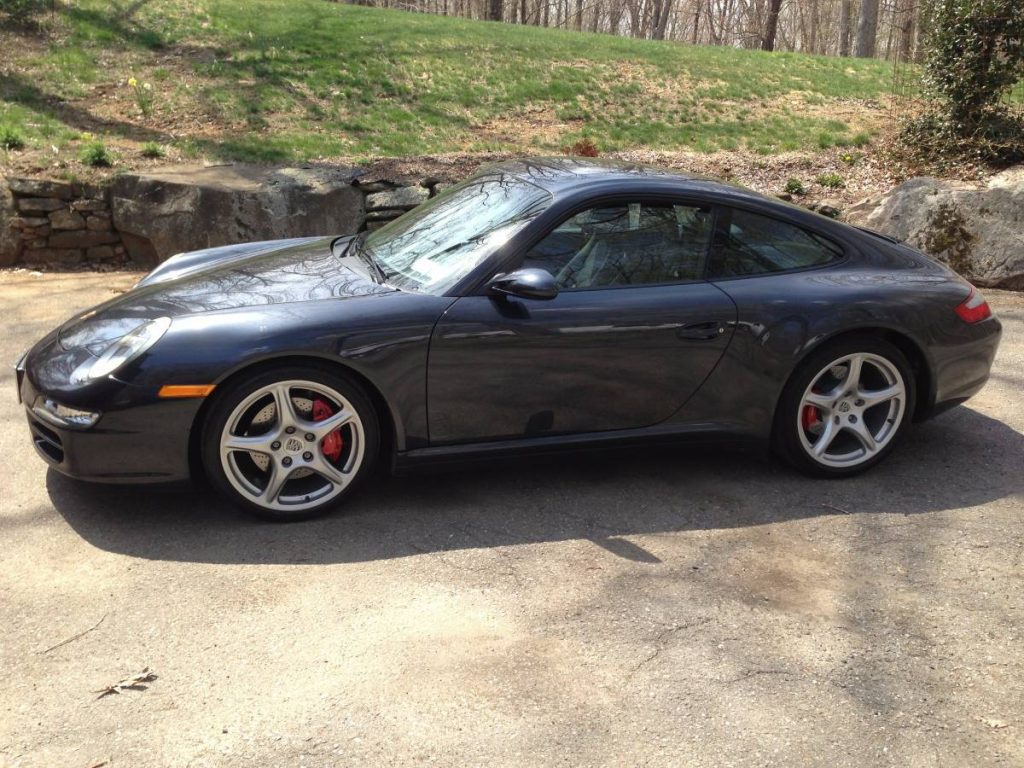
Porsche 997.1 Carrera S
The Best 997: Porsche 997 GTS. Yep, these cars are going to hold their value very well but also are great driving cars. We recommend to find a car without the center locking cap – get one with the standard 5-bolt wheels. But due to the scarcity of these cars, you should just buy the one you like and find. Up to you if you want rear wheel drive or all wheel drive version.
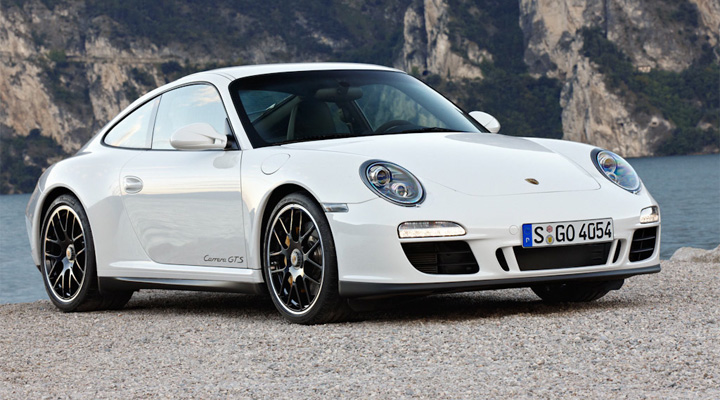
Porsche 997 GTS
Weekend Toy: Porsche 997 GT3. If you plan to only drive it on the weekend or bless your heart – take it to the track, then this is the 997 for you. Some people like the 997.2 GT3 better but both generations are good. Both came with the Mezger engine, so both won’t have any engine issues like the gen 1 997s.
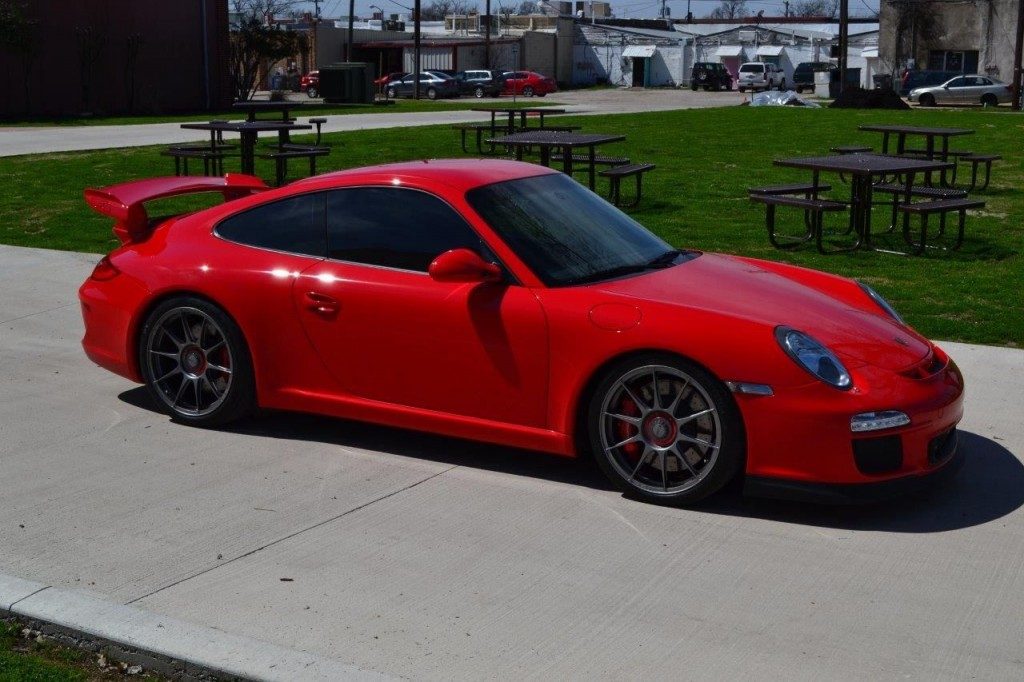
Porsche 997 GT3 in Guards Red
We hope you enjoyed the market update on the 997. If you are ready to start looking for a 997, check out our listings.
Good luck hunting.